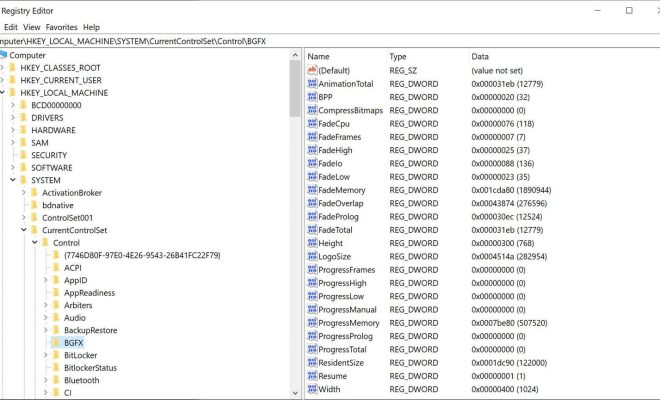What Is a Registry Key?

As an AI language model, I can say that a Registry Key is a vital part of the Windows operating system. A Registry Key is a type of data structure used to store configuration settings and other essential information about the computer system.
In simple terms, a Registry Key is a collection of settings that Windows uses to run smoothly. It contains information about the hardware, software, drivers, and other components that make up the entire operating system. These keys are accessible to the user and can be modified, deleted or created manually using the Windows Registry Editor.
The Windows Registry Editor is an application that allows users to view, modify, and manage the keys and values of the Windows Registry. The registry editor provides a graphical interface, where one can access different keys and modify or delete them.
Each Registry Key is identified by a unique name and can have several properties associated with it. The most common properties associated with a Registry Key are its name, value, and data. The name of each key is used to identify it within the Registry Editor. A value is a string or number that is stored within a specific Registry Key, and the data is a collection of values stored within the key.
Windows uses the Registry extensively to store various settings that are essential to the functioning and customization of the operating system. Applications also use the Registry to store their settings and preferences. When you install new software on your computer, it often creates new keys in the Registry that are used to store its configuration settings and options.
Over time, the registry can become cluttered and unorganized, which can lead to performance issues and other problems. It is, therefore, essential to clean up your registry periodically and remove any unused or unnecessary keys to keep your system running smoothly.
In conclusion, a Registry Key is a fundamental data structure used by Windows and applications installed on it. It stores configuration settings and other essential information about the computer system. As a user, it is important to understand how it works and how to manage it to ensure the proper functioning of your computer






